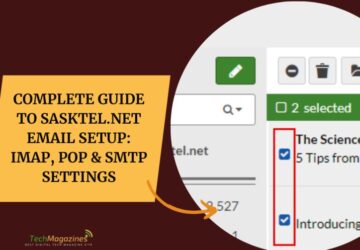Organizing a successful business conference requires careful planning, attention to detail, and a strong focus on the needs of your attendees. Whether you are hosting a small seminar or a large-scale event, creating a seamless experience for participants is key. Here are some essential steps to help you run the best conference and ensure it leaves a lasting impression.
1. Define Your Goals and Audience
Start by determining the purpose of your conference. Are you aiming to educate, inspire, or connect industry professionals, or are you doing this for marketing purposes? Understanding your conference goals will guide your decisions and help you tailor the event to your audience. Clearly defining your target audience allows you to create a program that resonates with their interests and expectations.
2. Create a Detailed Plan
A comprehensive plan is the backbone of any successful conference. Once you know why you want to do the conference, develop a detailed timeline that outlines dates for when you need to have secured a venue as well as when you need to have booked speakers and open registration so that everything runs smoothly. As there will be a lot, consider delegating certain areas to team members to ensure every detail is covered, from marketing to on-site logistics.
3. Choose the Right Venue
The venue you select for your conference will significantly impact the success of it. The right venue should provide a comfortable and professional environment for your attendees. For a venue that checks all the boxes, look no further than The Venue at Friendship Springs. This state-of-the-art facility offers everything you need to host a memorable conference. With its modern amenities, spacious layouts, and versatile room configurations, it can accommodate events of various sizes and formats. The venue’s convenient location and ample parking make it an accessible choice for attendees traveling from near and far.
4. Focus on Content and Speakers
Compelling content and engaging speakers are the cornerstones of a great conference. Curate a lineup of knowledgeable and dynamic presenters. Each person you ask should provide valuable insights to your audience. If you can, try to incorporate a mix of keynote speakers and panel discussions, with plenty of breakout sessions. This will keep the agenda varied and engaging.
5. Promote Your Event
Effective promotion is essential to attract attendees, and this means using multiple marketing channels, including email campaigns, social media content, and partnerships with industry organizations. You should even consider creating a professional website that contains clear information about the agenda, speakers, and registration details. Early promotion and consistent communication will help build excitement and ensure strong attendance.
6. Plan for Technology Needs
Seamless technology is crucial for a modern conference. Ensure the venue offers reliable Wi-Fi, audiovisual equipment, and support for virtual or hybrid components if needed. You want a venue that is equipped with advanced technology and technical support to handle all your event’s requirements.
7. Engage Attendees
Create opportunities for networking and interaction throughout the conference. Designate spaces for informal conversations, host breakout sessions for smaller groups, and use event apps or social media hashtags to foster connections. Engaged attendees are much more likely to have a positive experience and, once they leave the conference, share their enthusiasm with others. If you have this type of positive feedback, you have the drive to do another.
Final Thoughts
Running the best conference requires thoughtful planning, a great venue, and a focus on creating value for attendees. Doing all of the above means you can host a professional and memorable event that stands out in the minds of your participants.







